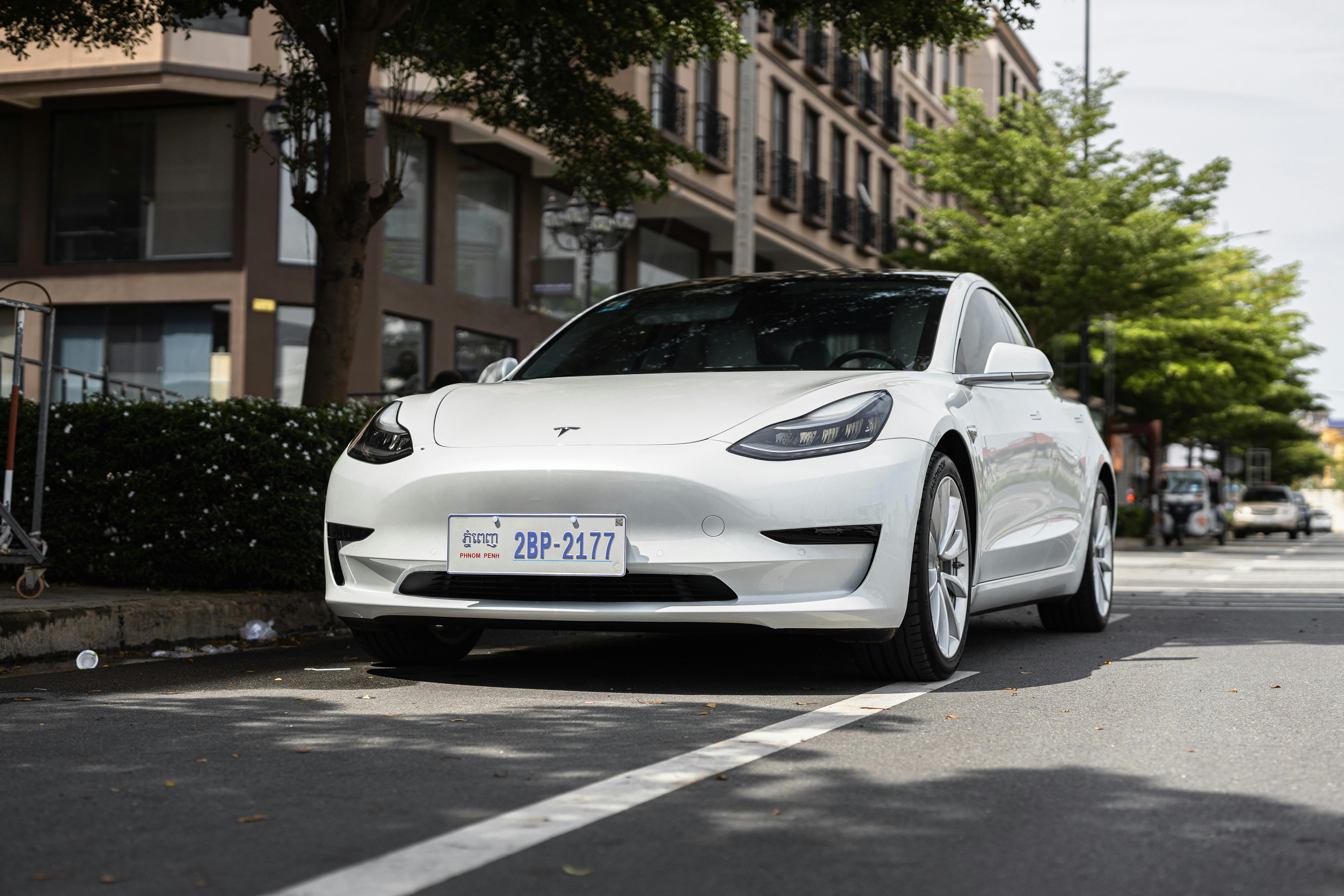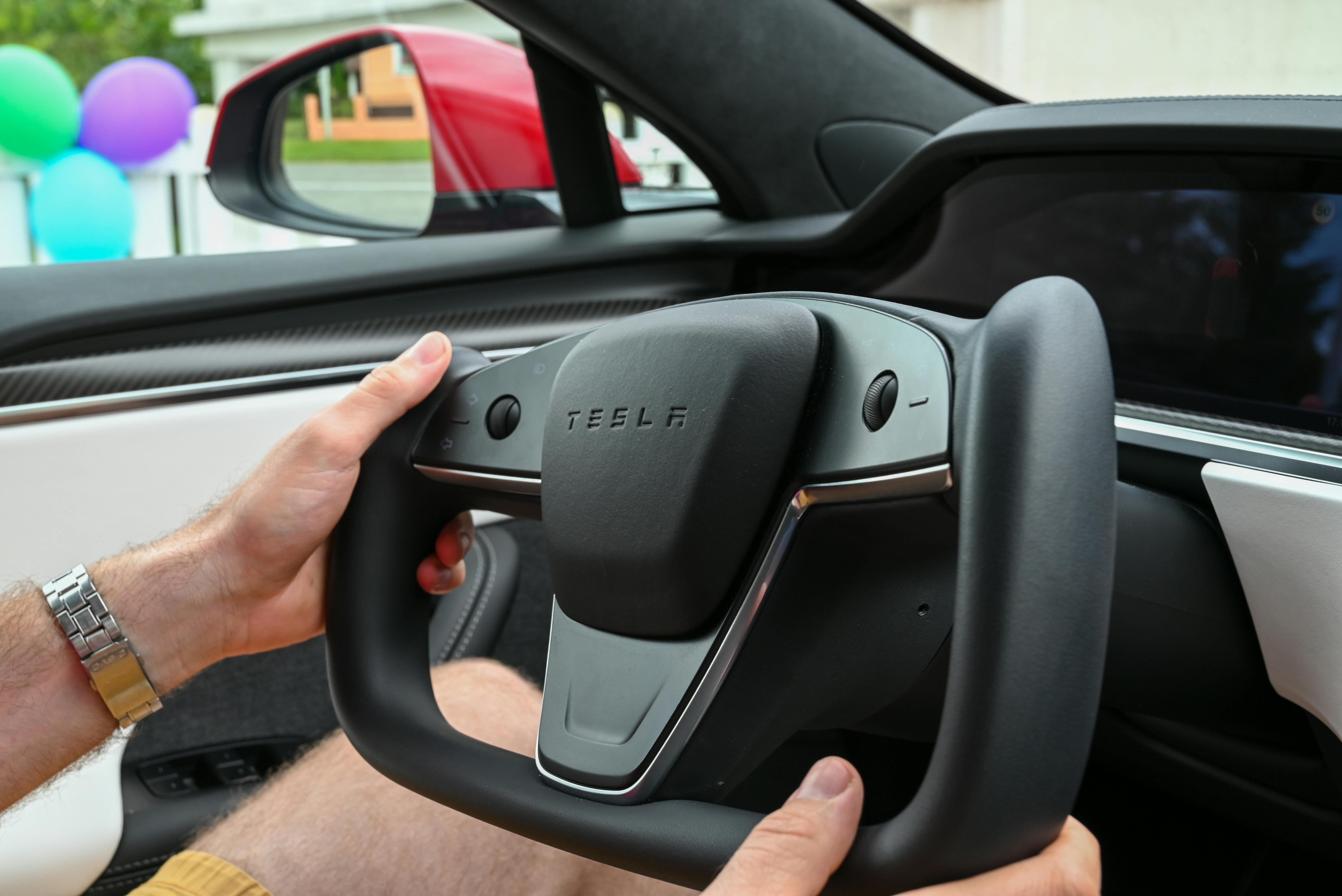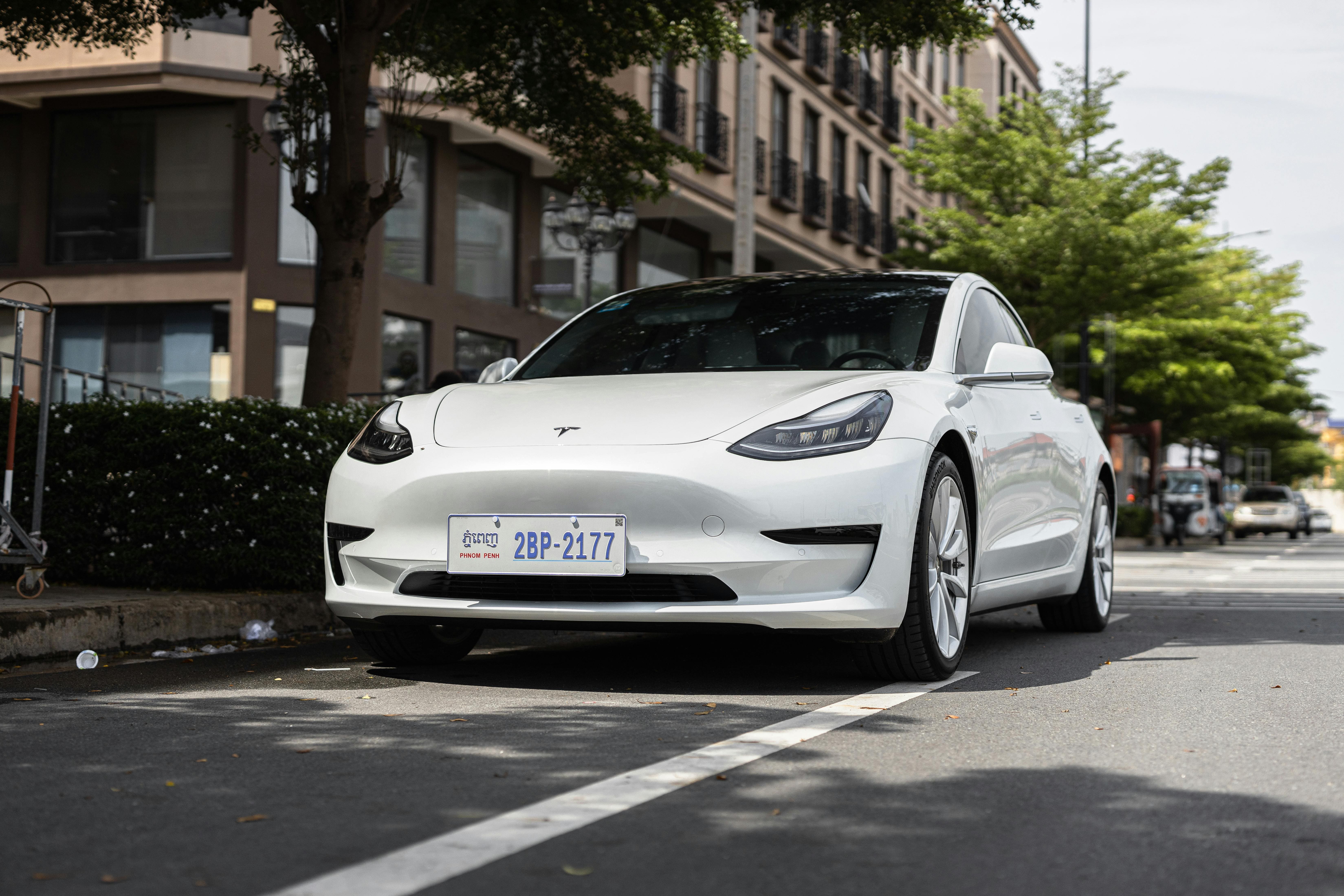Tesla Tire Pressure Explained
Owning a Tesla is an exhilarating experience. The quiet hum of the electric motor, the instant acceleration, and the environmentally friendly nature of these vehicles are what make Teslas a top choice among electric vehicle (EV) enthusiasts. However, to ensure these sophisticated machines perform at their best, regular maintenance, especially of tire pressure, is essential. In this guide, we’ll focus specifically on the nuances of maintaining optimal tire pressure for your Tesla.
We’ll cover different models, including the Model S, Model 3, Model X, and others, offering detailed insights into their specific tire pressure requirements. Whether you’re a new Tesla owner or a seasoned EV enthusiast, this guide is designed to provide you with the necessary knowledge to maintain the perfect tire pressure for your Tesla, ensuring a smooth and efficient driving experience.
Understanding Tesla Tire Pressure
Tire pressure is a fundamental aspect of maintaining your Tesla. Ensuring the correct tire pressure is crucial for optimal performance, safety, and efficiency. Tesla advises owners to check their tire pressure monthly and before embarking on long journeys.
The ideal pressure for your specific Tesla model can be located in the vehicle’s owner’s manual. It’s important to bear in mind that temperature changes can influence tire pressure, necessitating adjustments as the seasons change. Additionally, each Tesla model comes with its unique specifications regarding tire pressure, emphasizing the need to refer to your model-specific guidelines to maintain the perfect balance of performance and safety.
Tesla Model 3 Tire Pressure
The Tesla Model 3 typically requires a tire pressure of 42 psi (pounds per square inch). Although the range is 42-45 psi, sticking to 42 psi is generally recommended. While a higher pressure can increase your driving range, it might also result in a less comfortable, bumpier ride.
Model S Tire Pressure Variability
For the Tesla Model S, tire pressure depends largely on the type of tires installed. The Model S offers various tire configurations, including square (all tires being the same size) and staggered (rear tires being wider).
● For tires sized 245/35R21/XL 96W, the recommended pressure is 42 psi.
● For 245/45R19 98W tires, it’s 45 psi.
● Staggered configurations, such as 245/35R21/XL 96Y in the front and 265/35R21/XL 101Y in the rear, have a varied pressure recommendation from 38-45 psi in the front to 40-45 psi in the back.
Model X and Model Y Pressure Recommendations
The Model X generally recommends 42 psi. However, this can range from 42-45 psi depending on the tire type. For example, the 20” Continental LX20 275/55R20 111T tires require 45 psi, while other types necessitate 42 psi.
The Model Y, similar to the Model 3, has a recommended pressure of 42 psi, with a permissible range of 40-45 psi.
Tesla Roadster Tire Pressure
The Tesla Roadster requires different pressures in the front and rear tires. The front tires should be maintained at 30 psi, while the rear tires need 40 psi. This variance in pressure is designed to optimize the vehicle’s power and handling, with higher pressure in the rear for lower road resistance and lower pressure in the front for enhanced control.
Responding to a Tire Pressure Indicator Light
When the tire pressure indicator light on your Tesla illuminates, it serves as a crucial reminder to check and adjust your tire pressure. This warning should not be taken lightly as it is a key component of your Tesla’s routine service checklist and overall vehicle health. Ignoring this indicator could lead to decreased efficiency, handling issues, and even premature tire wear. Therefore, it’s essential to promptly address this alert by inspecting all tires for proper pressure and making necessary adjustments to maintain your Tesla’s optimal performance and safety standards.
How to Raise and Lower Your Tesla’s Tire Pressure
Finding the Correct Pressure:
● The appropriate tire pressure for your Tesla can be found inside the driver’s side door. Given the variety of wheel options available for Teslas, it’s important to refer to the Tire Pressure and Loading Information label specific to your vehicle’s setup.
● Always use the pressure indicated on this label rather than the maximum pressure rating marked on the tire’s sidewall. The latter represents the tire’s maximum capacity, not the optimal pressure for your Tesla. However, if your Tesla is fitted with non-original tires, then the tire sidewall rating should be your reference point.
Increasing Tire Pressure:
● To raise the tire pressure, use an air compressor. Ensure you are filling the tires up to the pressure specified on the inside label of the driver’s side door.
Decreasing Tire Pressure:
● If you need to lower the tire pressure, use a flathead screwdriver to gently release some air from the tire. Be careful to monitor the pressure as you do this to avoid deflating the tire too much.
Best Practices and Tips for Tesla Tire Pressure
● Regular Checks: Incorporate tire pressure checks into your Tesla servicing routine. Monthly checks and inspections before long trips are recommended.
● Temperature Considerations: Be aware that temperature changes can affect tire pressure. Adjustments might be needed with seasonal changes.
● Battery Maintenance: Proper tire pressure is also part of EV battery maintenance. Correctly inflated tires ensure better efficiency and battery performance.
● Tesla Vehicle Care: Regular tire inspections are a critical part of Tesla vehicle care. This includes checking for wear, and damage, and ensuring tire pressure is within the recommended range.
● Tesla Warranty and Fluid Checks: Adhering to the recommended tire pressure also plays a role in maintaining your Tesla’s warranty. Regular fluid checks, including brake fluid, are also important.
● Brake Maintenance: Proper tire pressure contributes to more effective braking. Regular checks can enhance your Tesla’s braking performance.
● Software Updates: Keep your Tesla updated with the latest software, which can include improvements in tire pressure monitoring systems.
In summary, effective EV tire care is essential in maintaining your Tesla’s performance, efficiency, and safety. Regularly checking and adjusting tire pressure, especially in response to seasonal temperature changes, is a critical aspect of this care. Adhering to the specific tire pressure guidelines for each Tesla model not only enhances your driving experience but also plays a significant role in battery efficiency and overall vehicle longevity.
Understanding and following these maintenance practices is vital for upholding the Tesla warranty. Regular checks, including tire pressure adjustments and responding promptly to the tire pressure indicator light, are key components of how to maintain your Tesla. This approach ensures not only compliance with warranty standards but also contributes to the vehicle’s reliability and safety on the road. Remember, proper tire maintenance is a simple yet impactful way to enjoy the full potential of your Tesla and the benefits of electric mobility.
432 total views, 1 views today



